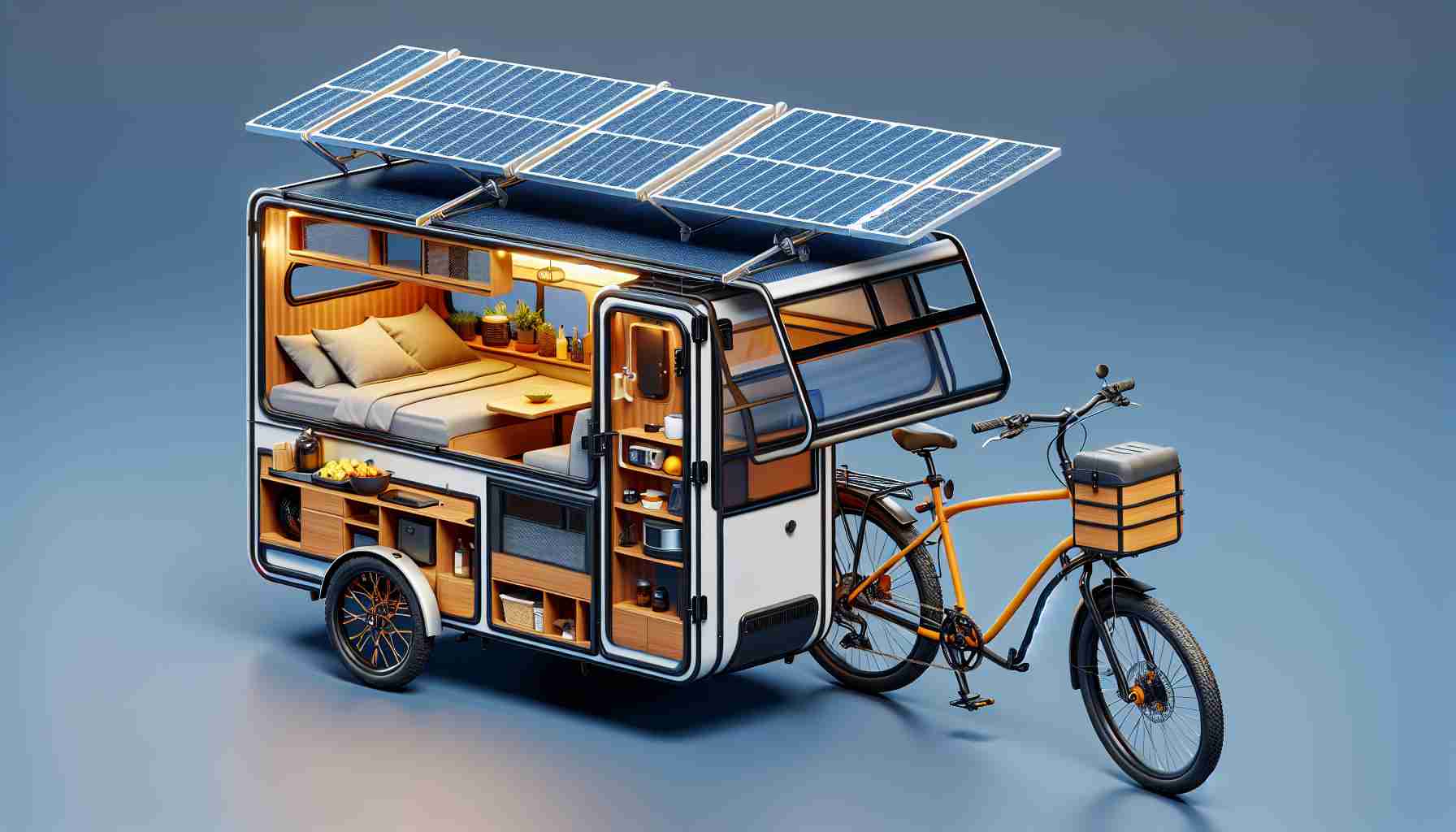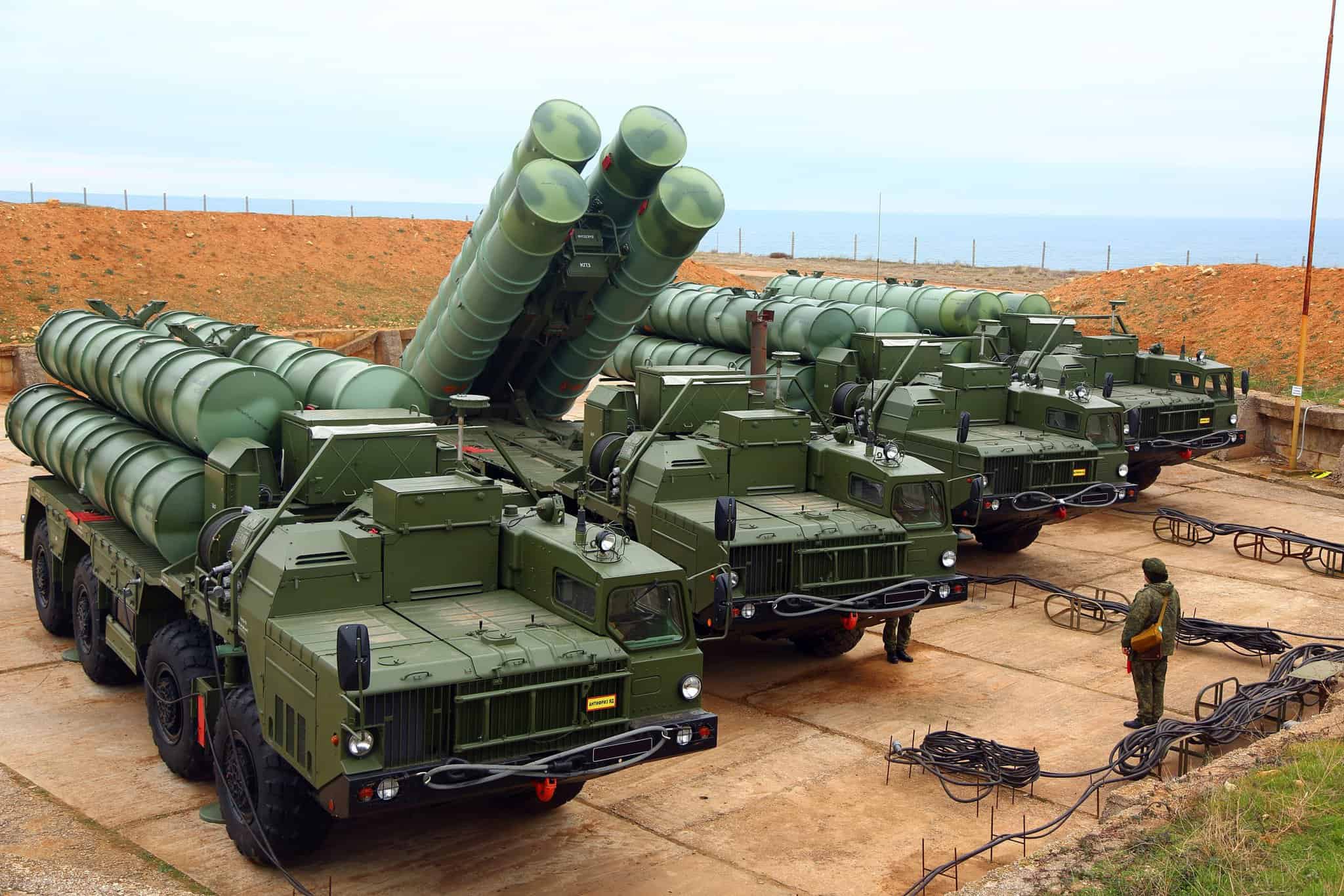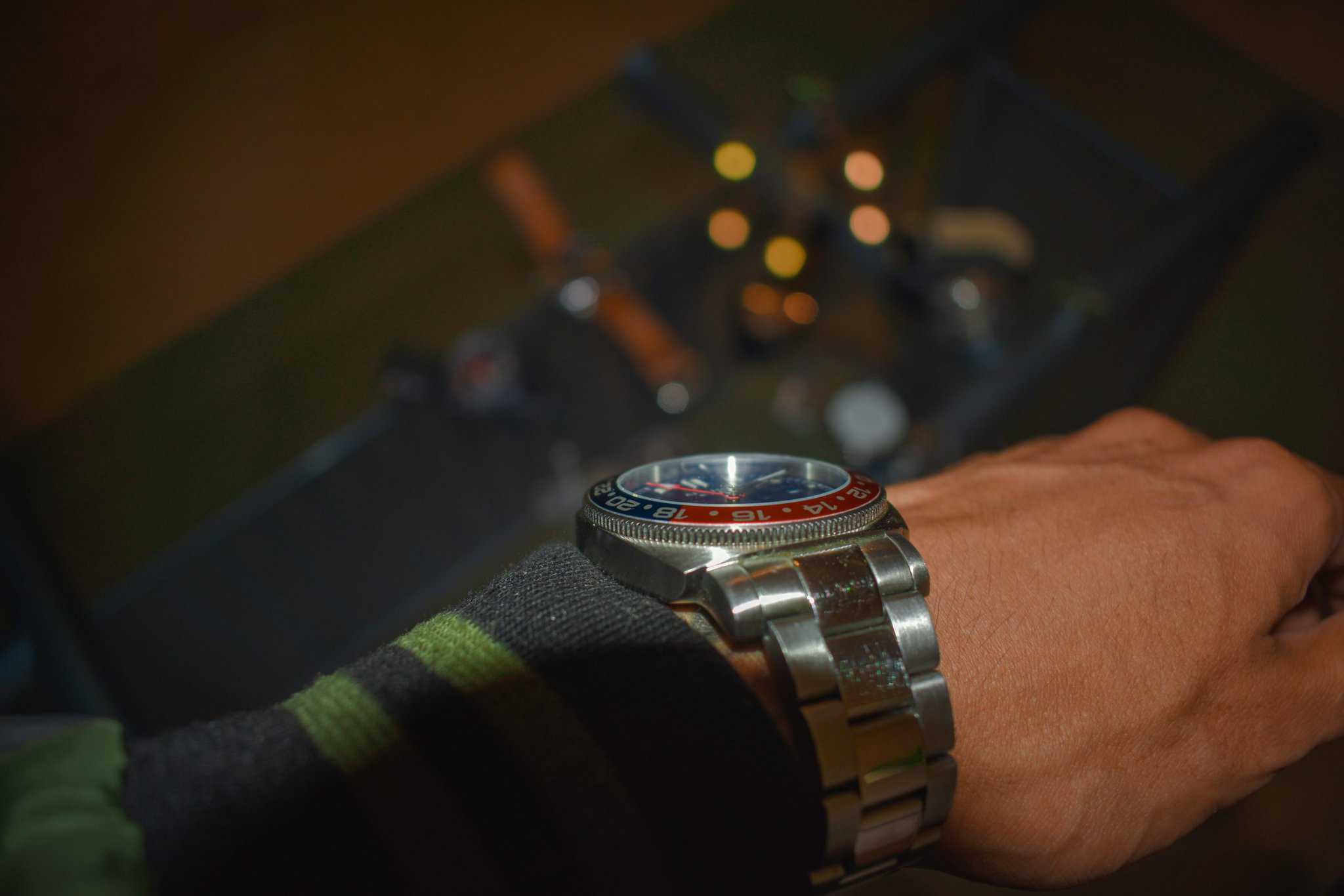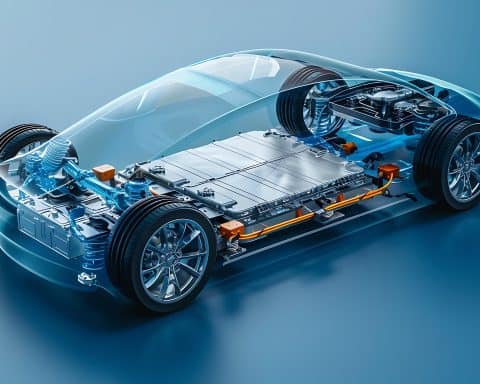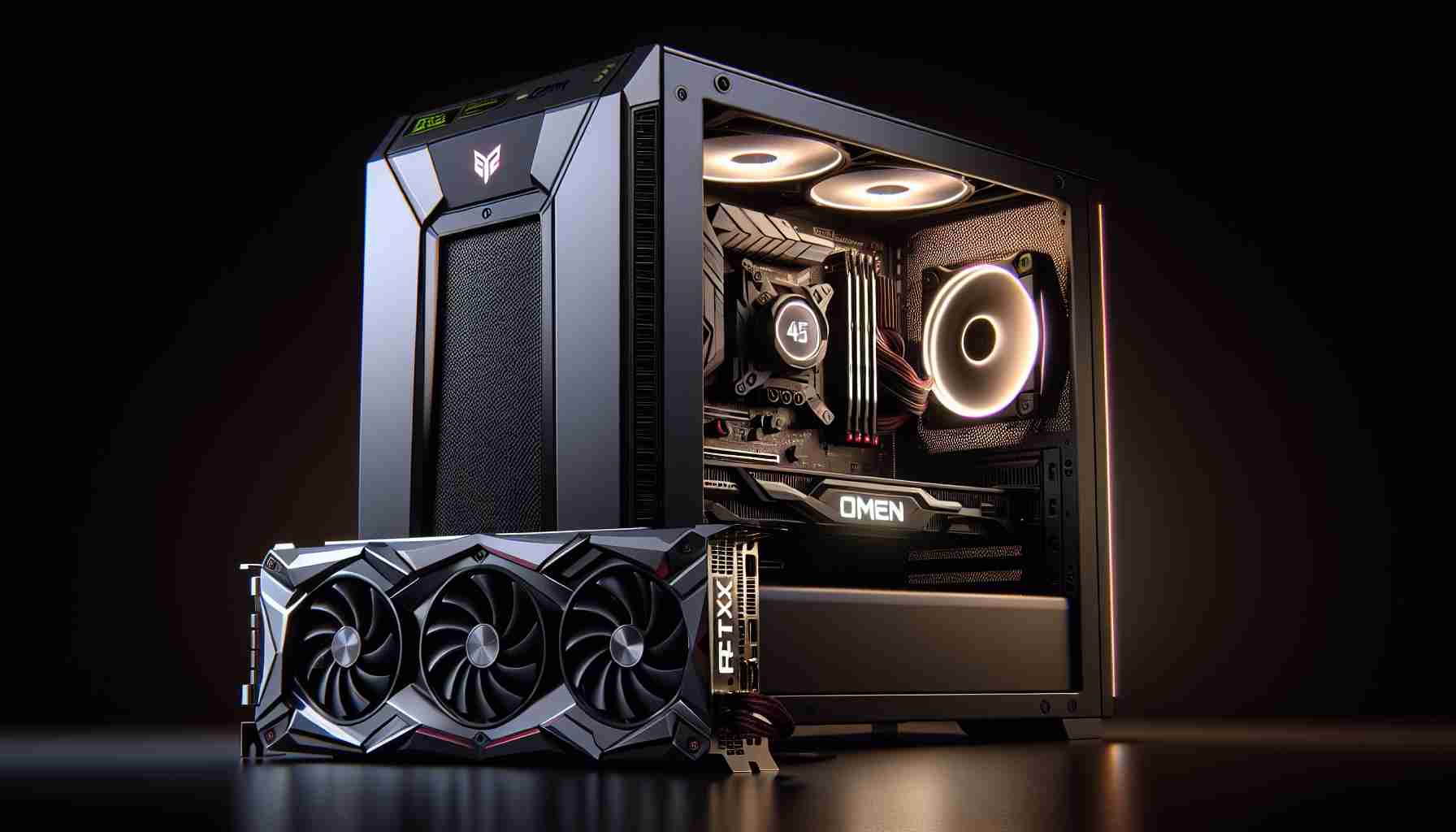- Cold weather reduces EV battery efficiency, with range loss up to 41% when using the cabin heater.
- Heat pump technology in modern EVs helps mitigate range loss by warming air through compression.
- Preheating batteries while approaching charging stations minimizes cold weather impact.
- Parking indoors and using seat warmers instead of cabin heaters conserve battery life.
- Maintaining proper tire pressure and using eco-mode improve EV performance in cold conditions.
- Cold weather presents an opportunity to use smart strategies to ensure optimal EV operation.
As winter’s chill seeps into the air, electric vehicle (EV) owners face a unique dilemma: the icy grip of cold weather can sap battery performance and extend charging times. But fear not—there are ways to navigate this frosty challenge.
When temperatures plummet, the efficiency of EV batteries takes a hit. The U.S. Department of Energy reports that EVs can suffer a staggering 12% drop in range at 20 degrees Fahrenheit, exacerbated to a 41% loss when the cabin heater roars to life. The cold slows the chemical reactions essential for energy storage, making each charge a sluggish endeavor.
Yet, savvy EV enthusiasts have tricks up their sleeves. Many modern EVs boast heat pump technology, drawing cold air from outside and warming it through compression. This ingenious approach reduces range loss, keeping you on the road longer.
Preheating is your ally. Many vehicles now warm their batteries as they near a charging station, minimizing the impact of cold temperatures. Parking indoors and using seat warmers instead of cabin heaters can conserve precious battery life. Maintaining proper tire pressure and activating eco-mode further optimize your EV’s performance.
Even in the chill, your EV can thrive. Embrace the cold as an opportunity to harness clever strategies and ensure your battery is ready to roll, no matter how low the mercury drops.
Unlocking the Secrets to Maximize Your EV’s Winter Performance
Strategies for Maintaining Optimal Electric Vehicle Performance in Cold Weather
Electric vehicles (EVs) are increasingly popular, but winter can present specific challenges for EV owners as the cold weather adversely affects battery performance. Understanding the impact and finding practical solutions is crucial for maintaining efficiency during colder months. Let’s explore some key insights, tips, and considerations for EV usage in winter, beyond the basics discussed in typical guides.
# How Cold Weather Affects EV Performance
– Chemical Reaction Slowdown: Battery efficiency declines in cold weather as the chemical reactions needed for energy production slow down.
– Increased Energy Consumption: Using the heater significantly drains battery life, potentially leading to a 41% decrease in range.
# Essential Winter Tips for EV Owners
1. Preheat Your EV: Utilize preconditioning features to heat up your EV while it’s still plugged in, reducing the energy needed once you start driving.
2. Use Seat and Steering Warmers: These use less energy compared to cabin heaters, preserving battery life.
3. Maintain Tire Pressure: Cold temperatures can lower tire pressure, so keep them adequately inflated to improve efficiency and safety.
4. Utilize Heat Pump Technology: Many modern EVs are equipped with this, which is more energy-efficient than traditional heating methods.
5. Activate Eco Mode: This can help maximize battery efficiency by reducing power consumption and optimizing performance.
# Pros and Cons of Winter EV Use
– Pros: Reduced emissions, potentially lower energy costs with efficient use.
– Cons: Reduced driving range, longer charging times, requirement for preconditioning and additional planning.
# Market Trends and Predictions
– Market Growth: The EV market is expected to expand rapidly, with electric trucks and SUVs predicted to become more prevalent.
– Innovation: Technological advancements, such as improved battery chemistry and efficiency, are anticipated to mitigate cold weather effects in future models.
# Comparing EVs for Winter Driving
– Vehicle Features: Look for EVs with features like advanced thermal management systems, superior heat pumps, and robust pre-conditioning capabilities.
– Battery Technology: Consider models with newer battery technologies that are less susceptible to cold-related performance declines.
# Security and Sustainability Aspects
– Safety: Ensuring that the vehicle remains safe to operate in low temperatures involves maintaining battery health and vehicle hardware integrity.
– Environmental Impact: EVs remain a more sustainable choice even with winter efficiency challenges, contributing less to local air pollution compared to traditional vehicles.
# Predictions for Future Winter Performance
– Battery Advancements: Expect more resilient batteries with better cold resistance in upcoming EV models.
– Infrastructure Improvements: Expanded charging networks and more advanced charging technologies will help alleviate winter challenges.
Conclusion
Even as chills overcome the land, EV owners can still thrive on the roads by utilizing strategic measures and keeping abreast of technological advancements. Embrace these insights to ensure your electric vehicle performs optimally during the frosty winter months.
For further information about electric vehicles and energy solutions, visit the [U.S. Department of Energy](https://www.energy.gov).







